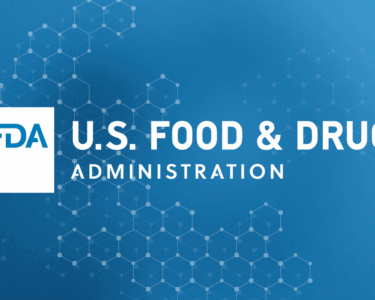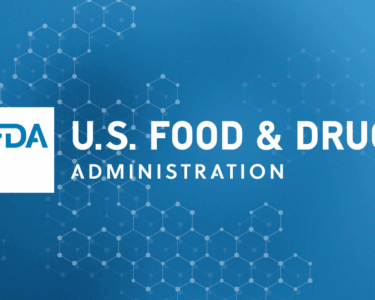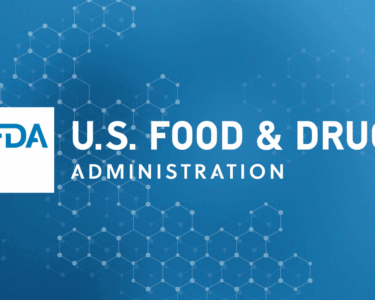
The commercial availability of MGM-15, a kratom-derived semi-synthetic and potent opioid, is reported. MGM-15 was quantified in a tablet formulation available in the US market. MGM-15 demonstrates stronger hMOR and hDOR binding than the most abundant and naturally occurring kratom alkaloid, mitragynine.
ABSTRACT
Kratom (Mitragyna speciosa), a plant native to Southeast Asia, has long been used for its stimulant and analgesic properties. 7-Hydroxymitragynine (7-HMG) is a potent and selective opioid agonist in vitro and demonstrates a potent opioid effect in living subjects, reversible by naloxone. It has been semi-synthesized into products that are readily available in retail and virtual shops. It is known that 7-HMG has earned the nickname “legal morphine,” and has gained popularity among users seeking pain relief and/or a “high” comparable with prescription opioids. Medicinal chemistry efforts have led to synthetic 7-HMG derivatives such as MGM-15, where stereospecific saturation of the imine N(1)–C(2) double bond increases opioid receptor affinity and activity. Despite its higher in vitro opioid potency, MGM-15 is currently sold in the US for human consumption as a “research chemical” in tablet form, even though there is an absence of this being studied in humans and obviously no FDA approval. In this study, we analyzed commercially available MGM-labeled tablets using UPLC–MS/MS and subsequently evaluated the binding affinities of purified MGM-15 across multiple opioid receptors. Tablets contained an average of 10.9 ± 0.2 mg (10.7 to 11.2 mg) of MGM-15, with no naturally occurring kratom alkaloids or illicit substances detected. MGM-15 shows greater hMOR and hDOR binding affinities than 7-HMG, indicating the potential for higher opioid effects and risks, emphasizing the urgent need for more research to advise regulation and hopefully prevent misuse and harm.



